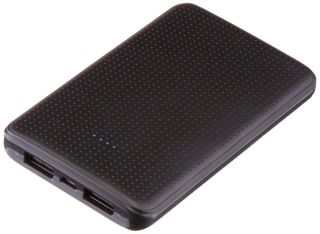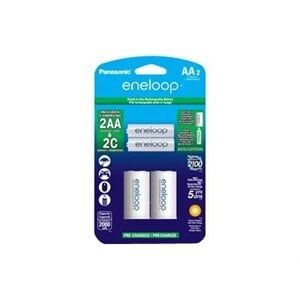Tobii Spotlight Technology makes VR more efficient with foveated rendering
What you see is what you get.
What you need to know
- Tobii's latest foray into eye tracking is foveated rendering technology for VR.
- Called Tobii Spotlight Technology, the tech uses dynamic foveated rendering to make VR more efficient.
- Using Tobii Spotlight, headsets can render only what users are currently looking at on-screen in high detail, freeing up resources and processing power.
At the Siggraph 2019 conference in Los Angeles today, Tobii took the wraps off of its latest eye-tracking technology, and it's built for virtual reality (VR). Called Tobii Spotlight Technology, the system focuses on delivering foveated rendering, allowing for more efficient VR applications.
Foveation largely mimicks how our eyes see the world by focusing its horsepower on rendering what our eyes are looking at in high detail. That frees VR systems up to allocate more resources to what's in focus, leaving what's in our peripheral vision to render with less detail. This requires implementation of accurate eye tracking to be effective, and that's just what Tobii specializes in.
"Tobii Spotlight Technology is advanced eye tracking specialized for foveation," said Tobii CEO Henrik Eskilsson in a press release. "Tobii Spotlight Technology directly addresses the ever-increasing demand for computational efficiency. Working with our partners to enable foveated rendering is just the beginning and Tobii Spotlight Technology reflects our ongoing commitment to innovation in this area for years to come."
Tobii worked with NVIDIA and HTC to develop its foveation tech. In tests using an HTC Vive Pro Eye paired with an NVIDIA GeForce RTX 2070, Tobii said that it saw rendering loads reduced by up to 57 percent. Foveated rendering can also give PCs more headroom to hold framerates steady, which is important in VR apps and games. It should also enable more complex shading and coloring, along with the ability to render higher resolution scenes.
Given the fact that VR headsets currently have to render entire scenes in full quality, which can be taxing on resources, foveated rendering could be a major boon to the industry in terms of delivering high-quality apps and games on a wide range of hardware.
You can check out the Tobii blog for more details, and be sure to read through our HTC Vive Pro eye hands-on from CES for more.
Portable (and affordable) power accessories we love
Each and every one of these charging gadgets will keep your favorite gear and gadgets going for longer, and none of them costs more than $30.
Get the Windows Central Newsletter
All the latest news, reviews, and guides for Windows and Xbox diehards.

VisionTek 8,000 mAh micro-USB power bank ($13 at Dell)
This compact dual-output powerbank can speedily recharge any and all your devices, thanks to a two-amp "fast charge feature," using its micro-USB out port. Its simple design includes an LED indicator, and it costs about as much as a single ticket to the movies.

Panasonic eneloop AA batteries (From $13 at Dell)
Panasonic's rechargeable batteries are among the best available, and just a couple of them will keep your favorite remote, mice or other peripherals powered up when you need them. They're also eco. And the company's affordable charger fits and charges both AA and AAA batteries at the same time.

Belkin Qi Wireless Charging Pad ($30 at Dell)
This unobtrusive Qi wireless charging pad looks good (and kind of like a UFO …) and easily charges all your Qi-compatible device up to 5W. Its LED indicator lights up when you're charging. And it costs just $30.
Dan Thorp-Lancaster is the former Editor-in-Chief of Windows Central. He began working with Windows Central, Android Central, and iMore as a news writer in 2014 and is obsessed with tech of all sorts. You can follow Dan on Twitter @DthorpL and Instagram @heyitsdtl.
